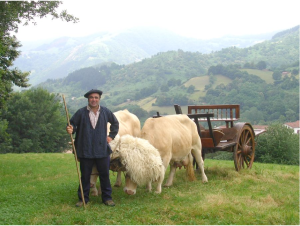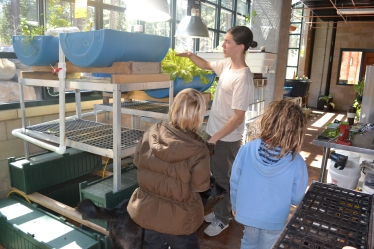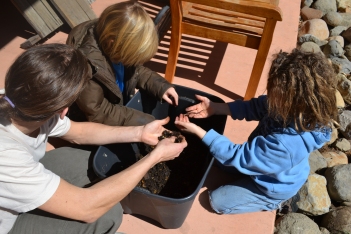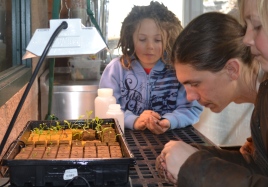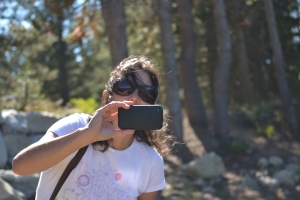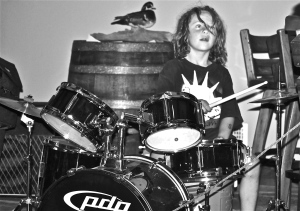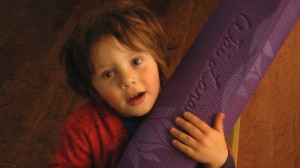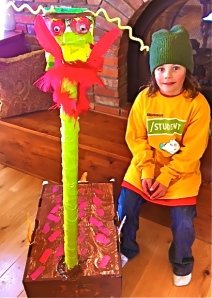
Writing is my passion...but it's not his.
Learning Styles
I recently attended a Learning Styles chat with my Co-op parents. It’s refreshing to hear information I’m familiar from a different perspective. It reminds me of how different my kid is from me. When it comes to homeschooling, conflicts can be counteractive as challenges present themselves during learning/teaching time. I experience it with my son when we write. Writing is my passion, but it’s not his. Key points: We have different likes and dislikes and from a learning perspective, I am a visual learner, therefore teach accordingly. My son is a kinesthetic learner, which makes us polar opposites in some ways. As a veteran teacher I am in tune with the differences of learning styles, I just need a little refresher course once in awhile.
I struggle horribly with my own child when it comes to writing. I flat out confirmed to him, “I’m not good at teaching you how to write.” So, last Fall I enlisted a teacher who shares my passion for writing and children. Otto, my son, had a lot of fun and wrote creatively. I noticed she took more time to dictate his words. I know that trick…I’m a teacher! When it comes to our own kids, there are some things we continue to forget. Period. The reminder helped us this Winter, but I fear Otto has “clued” into the idea that I will write his thoughts…forever. For—evv—vvvvver. Despite my infinite intelligence with teaching writing, I have to break this cycle. I enrolled him in a writing class through my Co-op, which starts this week. I think I’m more excited for myself, because I have a thing or two to learn about teaching writing to my own kid. And that is okay. Take heed homeschooling parents, your kid is at stake…as well as your sanity.
In a nut shell, there are three basic Learning Styles grounded in the human psyche and based on how we observe, listen, experiment, and focus. Our perception is related to the distinctions between concrete and abstract and everything in between. From this, we will either order information sequentially or at random. Of course, this is a broad guide and not to be distinguished here as the “black and white” of how we think. We are human beings after all, and there is no reason to pigeon hole our minds. This is only a guide, which can be a very helpful one. That said, the categories for learning generally recognize visual, auditory, and kinesthetic learners.
Visual learners tend to be quiet. Although I stake claim to being a visual learner, I am not quiet. Moving on…detail is important, we write copious notes and like to organize them as we make better sense of the words. It has to be our words. I find myself rewriting teacher handouts. I know, it sounds painstaking, but it feels good for me. We can easily assemble most projects with printed or pictured instructions, except when assembling furniture from IKEA; those directions are written by aliens. We love to doodle, so it may look like we are taking “copious notes” during lectures. We love books, pictures, and show and tell. If your kid is a visual learner, you may want to incorporate flashcards, matching games/puzzles, dictionaries, index cards for notes, diagrams, charts, maps, timelines, pictures, pictures, pictures, and graphs. They will love you for this and that will make you happy in return.
Auditory learners love to talk! If this is your child, give him your iPhone and show him how to use the voice recorder, which equates to hours of fun but mostly sucks your battery dry. These learners love patterns, beats, rhythm, poetry, music, music, music. They tend to read out loud for the sake of sound and discover the rhythmic patterns of language whatever the representative symbol. Although they fight the urge to disregard oral directions from you, they are perfectly receptive to them. However, they are easily distracted by background noises. Do not clue your kids into the fact this distraction exists. They will use your words against you as they verbally equip their brains for debate. Do give them verbal praise, however, as they are listening. If your child is an auditory learner, read with her, let her follow your words even if she is a beat or two behind you (or slow down and let her brain register the words first), try memorizing lines in a play or a poem, use recorders, listen to music for rhymes (visit modern day Shakespeare renditions), TAKE PIANO LESSONS. Language is rhythmic. Practice metacognitive talks, where you chat one-on-one or in a group making thoughts less abstract and moving toward the concrete for placing thoughts into written prose.
Kinesthetic learners are tactile learners. They want to touch, feel, and move. If these kids are in motion, they are listening. Yes, the perpetual motion they crave is not a “condition.” Rather, it is the means to feeding their brain power. Everything they learn is through motor skills, be it fine or gross….mostly gross. I personally suggest a trampoline as your mainstay classroom. This is my son. He can only recite a poem if he’s jumping on the trampoline or on his skate board. These kids tend to show anger and not shout it. They are mostly distracted when things are calm and quiet. They like the simplicity of projects, usually involving some kind of tool–a hammer being a favorite in our home. These are the kids who disassemble your favorite gadgets and unorganize your personal space; i.e., the Tupperware cabinet becomes the building station in your kitchen and screw drivers are the tell tale sign that something has been dismantled. Kinesthetic learners struggle with listening, a huge detriment in an institutionalized setting and usually they end up on Ridilin. If your kid is a kinesthetic learner, he wants to build to learn! If he can touch and feel it, he’s understanding it. Any opportunity you conceive to have your kid move while learning–do it. The Total Physical Response approach, despite it’s relationship to second language learners in research, is paramount as it incorporates the physical needs of kinesthetic learners. Google it! A slinky or clay during reading can help with focus, use concrete, hands on projects for abstract content area learning…And invest in a trampoline.
For resources and ideas specifically for making the abstract more concrete, please contact me and/or share your insight. I would love to post a collection of thoughts on my website as I feel it’s an area of constant growth for the sake of our kinesthetic learners.
I would like to thank my Co-op Learning Styles Leader for providing the ‘in a nut-shell’ review of learner styles, as I was easily able to rewrite her notes for you here; F.A.I.T.H Parent Class, February 19, 2012, Hill Top Community Church.
Happy Homeschooling,
Sabrina Albrecht
Mom, Educator at Home
